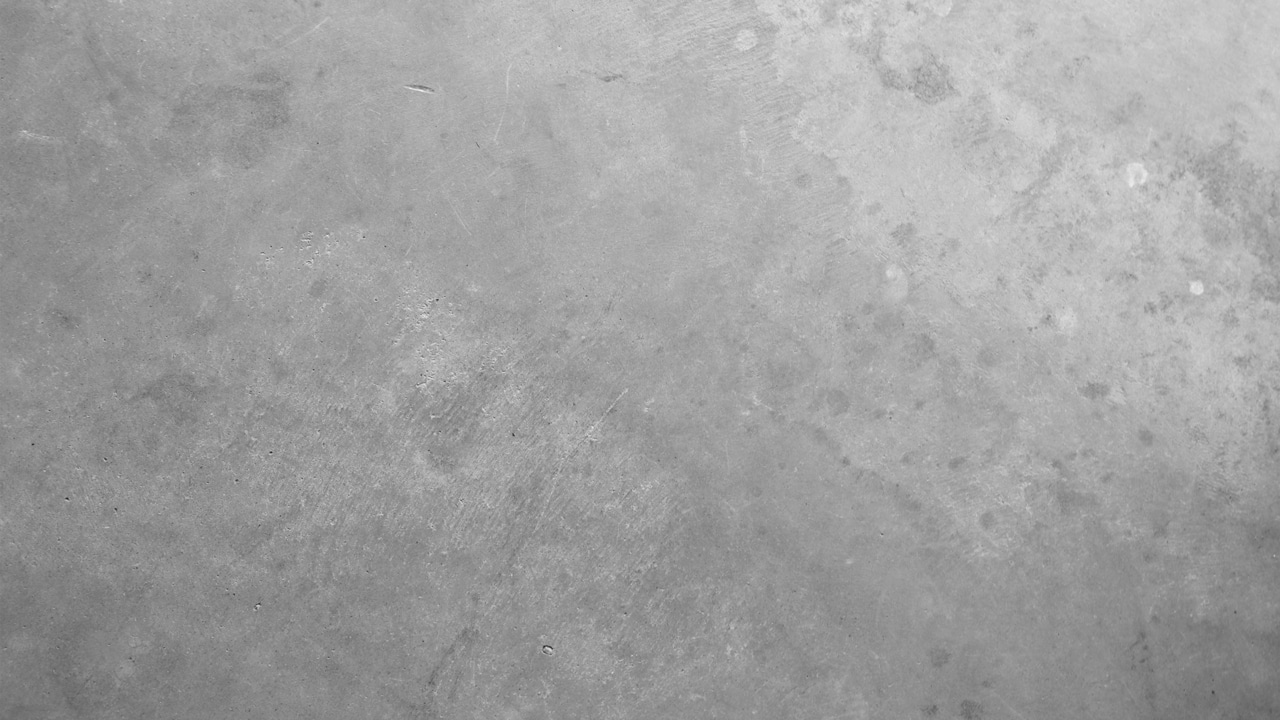If you’re wondering about the safety of drilling into concrete slabs and other structures, what you need to get peace of mind is concrete scanning and imaging. This is a series of non-destructive tests (NDT) for detecting and measuring flaws or imperfections beneath concrete surfaces.
In the past few decades, numerous imaging and scanning technologies have emerged. Before hiring professionals for surface and concrete scanning solutions, you should first gain a deep understanding of those technologies, and the reason why concrete imaging and scanning are important.
Why is Concrete Scanning Important?
There is always the chance of damaging vital infrastructure while cutting, coring, drilling, or sawing existing concrete slabs. This includes embedded materials like communications and electrical conduits, post tension cables, reinforcing steel, void defections, and refrigerant and plumbing piping.
Skipping out on the scanning process could mean project delays, additional costs, and injuries on the job site. Project managers certainly don’t need any added stress, so scanning and imaging services are always a must before starting a construction project.
3 Methods of Concrete Scanning and Imaging
Now that you know how important scanning and utility locating services are, it’s time to dive in on the various methods and scanning equipment.
1. Ground Penetrating Radar
To scan concrete without causing any damage, ground penetrating radar (GPR) is commonly utilized. To detect subsurface objects, the GPR sends out electromagnetic pulses or radar pulses with a very particular core frequency.
The antenna then picks up the waves that have been reflected from underground layers, revealing the buried objects.
Choose Ground Penetrating Radar if you need to:
- Find a safe place to drill, cut, or demolish
- Locate objects such as post tension cables, rebar, reinforcing steel, and metallic or non-metallic conduits
- Measure concrete cover and thickness
- Determine the concrete’s internal condition
- Uncover defects or voids in concrete
2. Ultrasonic Tomography
This acoustic method efficiently identifies defects in concrete no matter how complex the concrete slab is. This also helps when assessing the thickness and overall strength of concrete structures. It does it through transmitters that send pulses into test objects.
Any reflected signals indicate the presence of defects or interfaces. Using a receiving transducer, technicians can keep a close eye on emitted impulses and reflected waves.
Choose Ultrasonic Tomography if you need to:
- Precisely measure the thickness of concrete up to 3 feet
- Detect any cracks or delamination between the Portland Cement Concrete (PCC) layers
- Locate steel reinforcement
- Determine deterioration, dowel position, and spalling at PCC joints
- Learn about material properties like the diagnostics of PCC strengths and asphalt compaction levels
3. Radiography Via X-Ray
X-ray scanning may appear to be outdated technology. Nonetheless, it is dependable in terms of providing a clear picture of what lies beneath. Because X-rays provide less room for interpretation of results—including the status of rebars, corrosion zones, and other faults—they are sometimes even considered more precise compared to GPR.
Unfortunately, this can also emit harmful radiation, and the process is slower overall, with images having to be produced off-site.
Choose Radiography Via X-Ray if you need to:
- Identify where rebars are situated.
- Evaluate bar diameter and depth below the surface
- Search for cracks, foreign materials, and voids
- Locate variations in density or the presence or absence of grouting in post-tension construction
- Check welds on pipelines
- Inspect steelwork production
- Determine the level of internal and external corrosion
Find Reliable Surface and Concrete Scanning Solutions Today!
Now that you fully understand the various techniques of concrete imaging and scanning, it’s time to hire a surface and concrete scanning solutions professional.
Ensure safety and be proactive with damage prevention when you work with us, contact us at 888-885-6228 at Util-Locate today!

